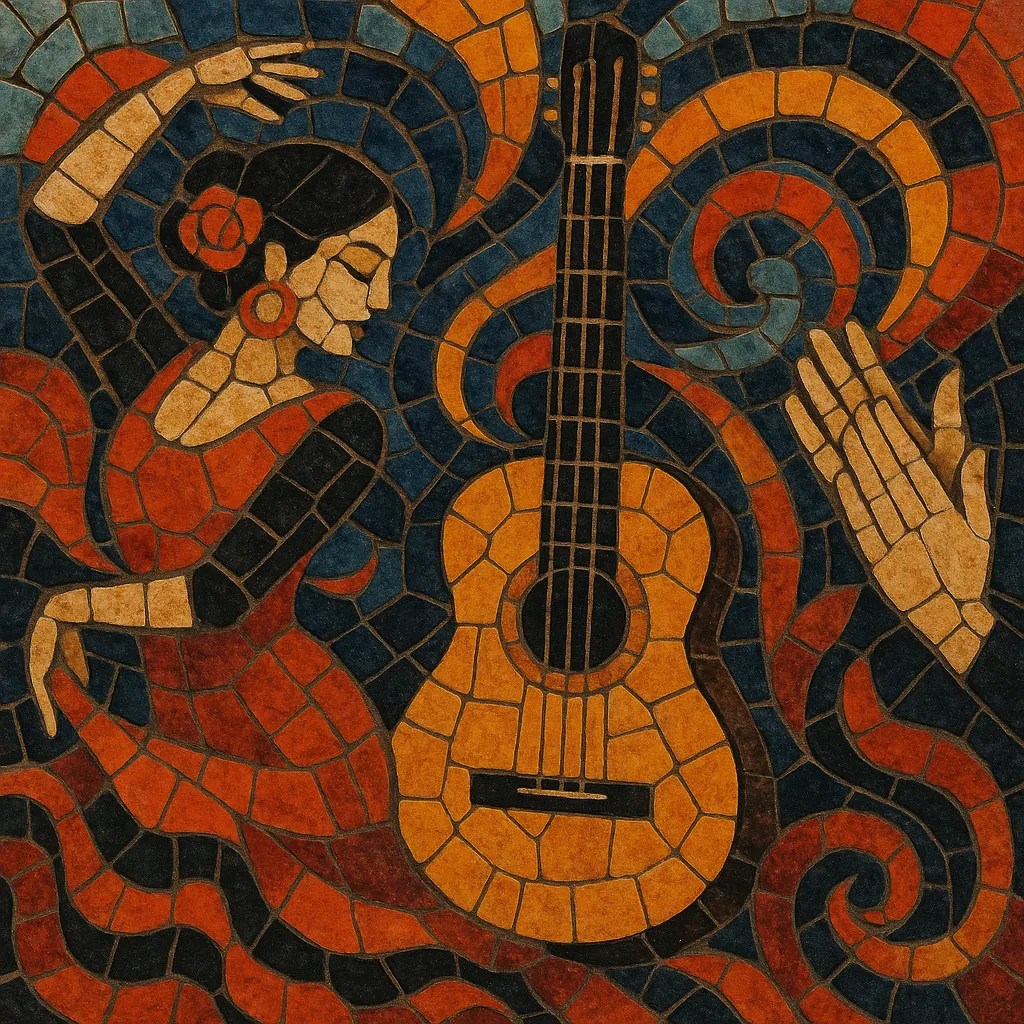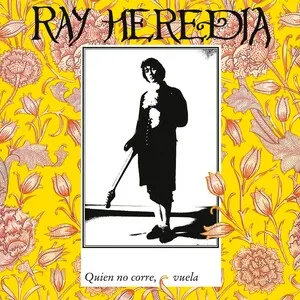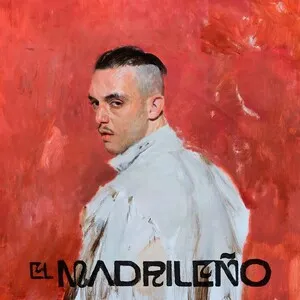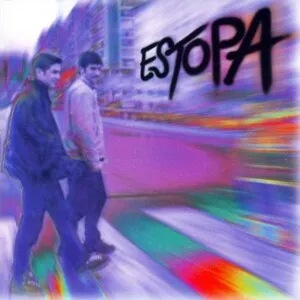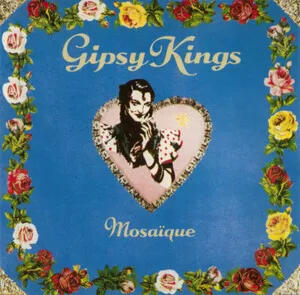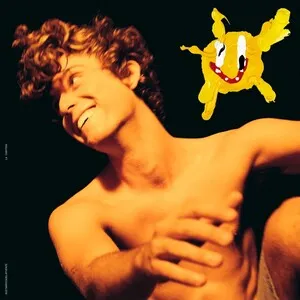Flamenco pop is a Spanish popular music style that blends the vocal melismas, guitar techniques, and rhythmic clapping (palmas) of flamenco with the song forms, hooks, and studio polish of mainstream pop.
It keeps the emotive core of flamenco—often drawing on the Andalusian cadence and Phrygian color—while adopting verse–chorus structures, drum kits, bass guitar, keyboards, and radio-friendly arrangements. Groove-wise it frequently favors 4/4 feels (rumba/tangos-derived) over the traditional 12-beat palos to fit contemporary pop sensibilities.
The result is an accessible, danceable sound that can be tender or intense, equally at home on festival stages and commercial airwaves.
Flamenco pop emerged in Spain during the 1960s, when the global rise of yé-yé, rock, and europop intersected with local flamenco traditions. Producers and artists began packaging flamenco’s timbres and vocal style into succinct, radio-ready songs. Early experiments aligned flamenco guitar and palmas with drum kits, electric bass, and catchy choruses, setting the template for broader crossover appeal.
Through the 1970s, acts connected to rumba and flamenco fusions—alongside artists bridging pop and flamenco—pushed the sound into Spanish mainstream consciousness. The approach favored 4/4 rumba/tangos grooves, flamenco-inflected melodies, and the Andalusian cadence framed by pop structures. By the late 1980s and 1990s, high-fidelity studios, synthesizers, and glossy production further solidified flamenco pop on radio and TV, helping it circulate across the Spanish-speaking world.
In the 2000s and 2010s, new generations modernized the style with contemporary pop, R&B, and urban production. Artists introduced refined vocal production, larger choruses, and hybrid rhythms while retaining flamenco guitar gestures, palmas, and expressive cante phrasing. This period also overlapped with nuevo flamenco and later flamenco urbano, where trap/reggaeton textures and electronic elements expanded the palette. Today, flamenco pop remains a gateway for global audiences into flamenco’s aesthetics.

